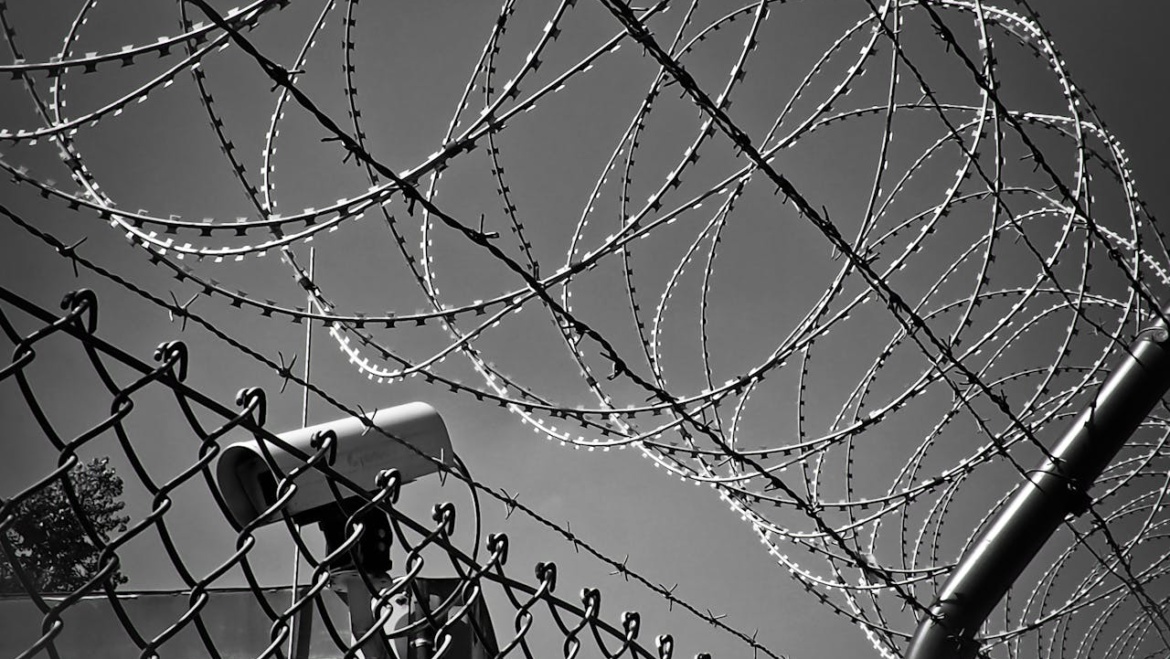Restorative Justice and Extrajudicial Measures, What is the Difference?
In “Understanding the Correlation between Youth and Criminality in Canada, when Tyler was first caught breaking and entering and committing theft over $5,000, the judge told made him to write a note and repay the victim for damages.
This was Tyler’s first and only chance to change his life around for the better.
What was not talked about in Tyler’s story in our first blog was what happened after he did not comply with the judges orders.
By not complying the victim took Tyler to court. Tyler was sentenced to 90 days of probation and had to complete 50 hours of community service. 
At the age of 15 years old Tyler would start drinking heavily.
When Tyler was 17 years old he dropped out of high school and regularly attended high school parties.
At one particular party, Tyler became intoxicated and was involved in a violent fight with another guest. Tyler fled the party with his delinquent friends when police were called. He was later identified to police and the following day was sentenced to 6 months probation and a mandated curfew was set.
Tyler got into an argument with his foster mother that same day, pushed her down the stairs, and was arrested for assault that night. Now Tyler was sentenced to spend 6 months in a secure youth detention facility.
Once detained, youths become even more angry with their disadvantages in life. Making them look and feel like caged animals to society.
We have already learned that youth, like Tyler, that fall into the criminal justice system lack socio-economic status and do not have a stable or supportive upbringing.
So why punish them further for falling into criminal behaviour that they were destined for since birth?
There needs to be further implementation of restorative justice practices and stronger use by police and law enforcement for extrajudicial measures.
Restorative Justice Definition:
Restorative justice was introduced into Canadian legal practices in 1974.
Restorative Justice is defined as:
- Resolution between a victim and offender outside court proceedings.
- Offenders address what they have done wrong.
- Take positive actions to redeem themselves.
- Re-establish connections with the community they have wronged.
- Moving away from punitive models of discipline.
- Creating a healthier relationship with themselves and the community.
Restorative justice is seen as humanizing the offender and establishing understanding of the harmful act they have committed.
This connects with the criminological based definition of crime that states “crime as a violation of a relationship that a person has with the state, another person, or their community.”
There are five different forms of restorative justice that is practiced in Canada.
These five forms are:
- Victim – Offender Reconciliation or Mediation – a discussion between the offender and the victim to explain the pain the crime caused and resolve the issue.
- Conferencing – use of family, friends or community members to be used as mediators.
- Victim Impact Panels – where the victims are able to speak with the offender about how the crime impacted them.
- Victim – Offender Panels – Other victims or offenders of a similar crime discuss their situation with the offender.
- Circles – allowing members of the community to talk with the offender regarding the impact of the crime.
Through the use of restorative justice practices, there can be a civil resolution to mending the relationship that was violated when the crime was committed.
But there are certain conditions to when restorative justice can be used.
Some of these conditions are:
- Crime is not seen as severe under the Canadian Criminal Code
- Youth is a first time offender
- Crime affects the community as a whole
- Both victim and offender want to participate in this form of resolution.
Overall, restorative justice is a great tool that the criminal justice system has adopted. Resulting in a higher resolution rate that does not result in charging the offender. There is also a decreased rate of reoffending due to the establishment of wrong doing throughout the process.
Extrajudicial Measures Definition:
Extrajudicial measures were implemented into police and law enforcement practices with the creation of the Youth Criminal Justice Act in 2003.
Extrajudicial measures are when police are responsible to hold youths accountable for their actions, without having them fall further into the criminal justice system.
Extrajudicial measures are defined as:
- Steps that are taken outside of the court system.
- Helps youth offenders understand what they have done wrong.
- Taken primarily through police interaction with youth.
- There are 5 different measures that can be taken that will not result in a conviction.

These five forms of extrajudicial measures are:
- No Further Action – Criminal act is recorded but there is no laying of a charge or follow up for the act.
- Warning – Law enforcement will provide the youth with a warning to not continue down this path of criminality.
- Caution – A formally written warning provided to the youth and the youths guardian about the criminal activity and deter them from further action.
- Referrals – Police provide information regarding programs that can help deter youth from committing further crimes.
- Crown Action – Police have moved the information to a Judge for further action and intervention of the youths actions.
- Extrajudicial Sanctions – Only used when measures outlined above that have not worked for the youth. This can be mandated volunteer work, speaking with or repaying the victim, and participating in specialized programs.
What do Restorative Justice and Extrajudicial Measures Mean to Youth Offenders?
Both restorative justice and extrajudicial measures are different forms of retribution without the use of harsh punishment in the form of a conviction, detention, or jail time. These actions taken by police, law enforcement, and the court system interference are supposed to be seen as a positive form of justice.
Allowing for the youth to not be detained or imprisoned, but to receive further chances to change the course of their life.
But there can be negative implications that were evident in Tyler’s story depicted above.
He first committed breaking and entering and theft over $5,000. Due to being a first time offender, Tyler was given a restorative justice practice to mend the wrong he did against the victim. But he did not comply with sending a note and repaying compensation to the victim.
Instead of that form of restorative justice for that crime committed, Tyler could have taken part in a Victim or Victim-Offender Panel. This would have given him the time to understand why the acts were deemed as wrong. Other offenders could have deterred him from further activity, that could cause him to not reoffend.
But due to the lack of guidance at the time due to his activity with his delinquent friends, Tyler reoffends.
The second and third crimes committed were assaults. Assault is covered under the Criminal Code as a violent crime. Here, extrajudicial measures were taken for the second crime in the form of crown action and was sentenced to further probation and a curfew. 
But once again, Tyler did not comply with the court orders, by assaulting his foster mother, landing him in a youth detention facility.
Therefore he does not have access to restorative justice or extrajudicial measures.
Throughout Tyler’s process, there was no consideration for his unfortunate upbringing and his low socio-economic status.
This is seen as a negative side to enforcing restorative justice and extrajudicial measures on youth offenders.
Yes there is a presumption that there will be no court sentencing and a redeemed connection with society. But there can still be harm targeted towards the victim and the offender.
The victim can be harmed due to reliving the crime that was committed against them.
The offender can feel harmed or threatened by being reminded that they are lesser than the victim and are not deserving of a second chance.
In Tyler’s story, there needs to be a stronger understanding of his life before he reoffends again.
With a stronger foundation of restorative justice and more enforcement of extrajudicial practices, Tyler could have changed his life for the better.


Add Comment